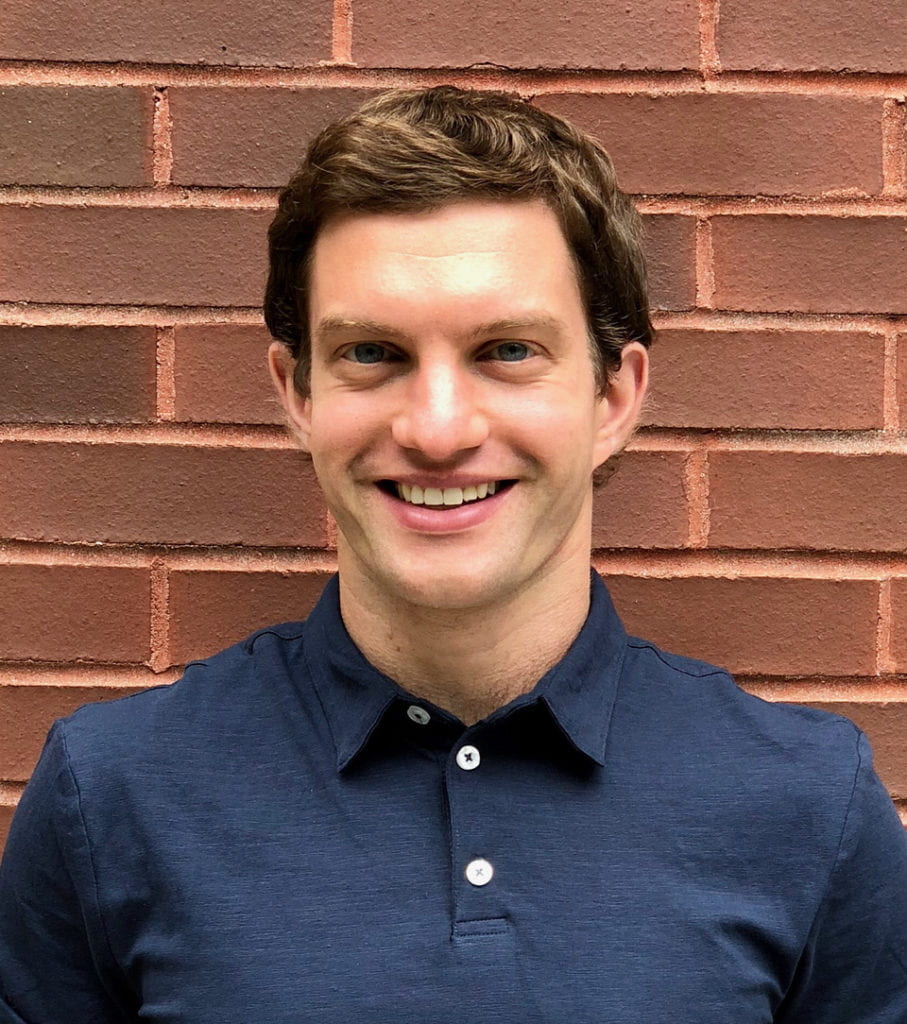
Spotlight Research Faculty
Daniel Waldinger
By tailoring offers based on detailed patient and donor characteristics, a modified priority system could lead to hundreds of more transplants per year in New York alone, and make most types of patients better off
Many economists advocate for free markets on efficiency grounds. Market-clearing prices direct production toward the goods consumers value most, and specific goods to the consumers with the highest willingness-to-pay. However, free markets are also criticized for being unfair. The rich can afford more and better housing, health care, and education than the poor.
For this reason, many goods are not allocated through free markets. Each year, NYC awards public school seats to students through a centralized matching process that does not involve money. A patient who needs a kidney transplant cannot legally buy one; instead, they must join the national deceased donor kidney waitlist, which uses a priority system to decide which patients are offered an available kidney first. These systems look very different from free markets, but like them, their rules determine how scarce resources are allocated. My research uses data to study how these non-price markets work, and how they can be designed to yield fairer and more efficient outcomes.
An important insight about non-price markets is that participants still respond to incentives. In my work studying public housing waitlists in Cambridge, MA, I find that waiting time functions much like a price. Waitlisted applicants were asked to choose a specific building and wait for an apartment there. Due to randomness in when apartments became available, applicants who applied on different dates faced different waiting times for the same buildings. They were more likely to choose a building when it had an unusually short waiting time, just as more shoppers buy a grocery store item when it’s on sale.
Applicants’ choices can be used to infer how much they value different buildings, just as we might use variation in prices to estimate demand in other markets. If an applicant chooses to wait an extra year for one building instead of another, they must have been willing to forego at least one year of the public housing rent subsidy to live in their desired building. I find that Cambridge applicants differ not only in where they want to live but also in their overall “need” for assistance. This suggests that the waitlist plays two roles in allocating public housing: matching tenants to the right buildings, and targeting assistance to those with the greatest need. There is often a trade-off between the goals of match quality and targeting. Which should a city focus on when designing its waitlists? By asking applicants to choose a specific building, the Cambridge waitlist does a good job of matching. I use applicants’ estimated values to predict what would happen if Cambridge focused instead on targeting needs. One way it could do so is by eliminating choice and randomly offering apartments to applicants, which some would reject. However, most applicants would prefer the system with choice, and as a result, Cambridge would need to place an extremely high weight on targeting for removing choice to be worthwhile. Trade-offs between efficiency and distributional objectives arise in many non-price markets. In work with my collaborators Nikhil Agarwal, Itai Ashlagi, Michael Rees, and Paulo Somaini, I study the waitlist for deceased donor kidneys. In the U.S., the number of transplant candidates far exceeds the available supply of organs. Patients often wait years before receiving a transplant, and almost 20,000 patients die while waiting each year. Despite this scarcity, patients reject most of the organs they are offered, and nearly 20% of kidneys deemed suitable for transplant are eventually discarded.
To understand how organs could be discarded despite being so scarce, we analyzed how patients decide which kidneys to accept. It turns out that the kidney priority system gives patients a strong incentive to reject offers and continue waiting. Since a patient’s priority increases with their time on the list, patients who wait several years can eventually access the best kidneys. As a result, high-quality kidneys are accepted quickly, while lower-quality kidneys are rejected by thousands of patients. This leads kidneys to be discarded even when some patients might have benefited from them. We then asked whether the priority system could be modified to increase the total number of transplants while still providing good matches for patients. Doing so requires thinking carefully about patients’ incentives. By tailoring offers based on detailed patient and donor characteristics, a modified priority system could lead to hundreds of more transplants per year in New York alone, and make most types of patients better off. However, because patients can decide which organs to accept, even the optimal mechanism would still have many discarded organs.
